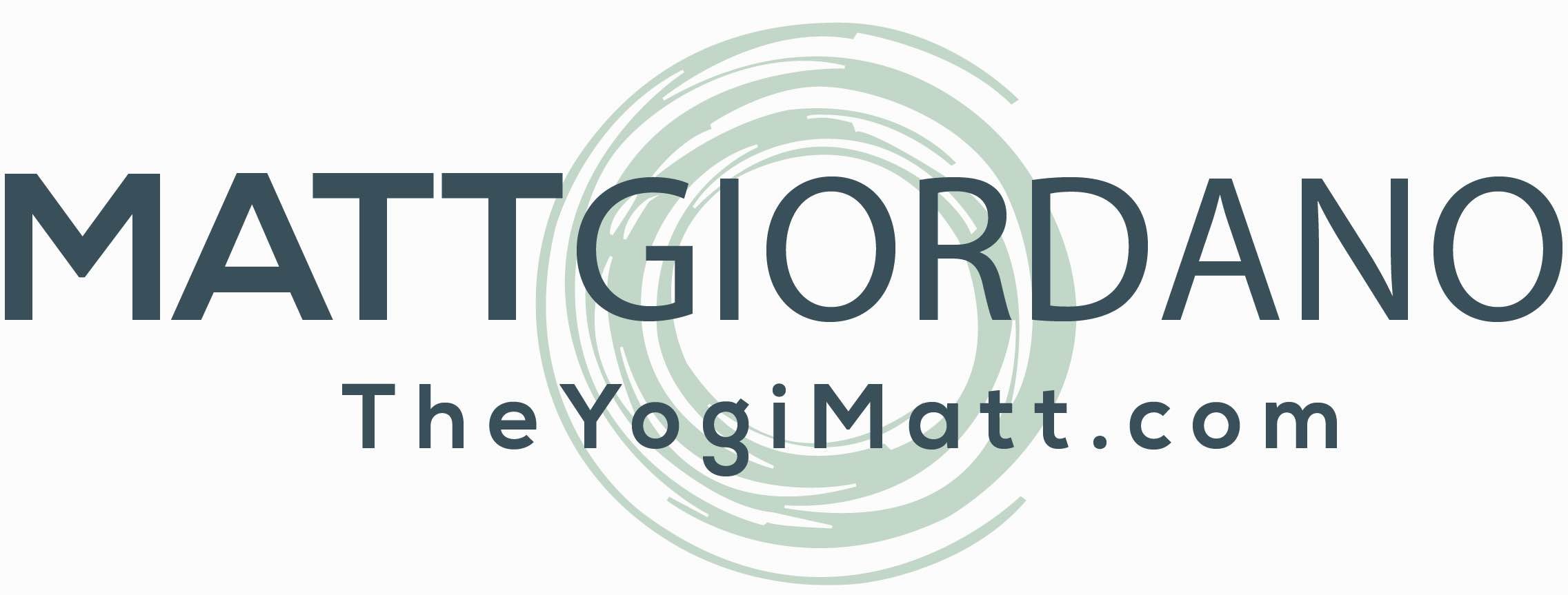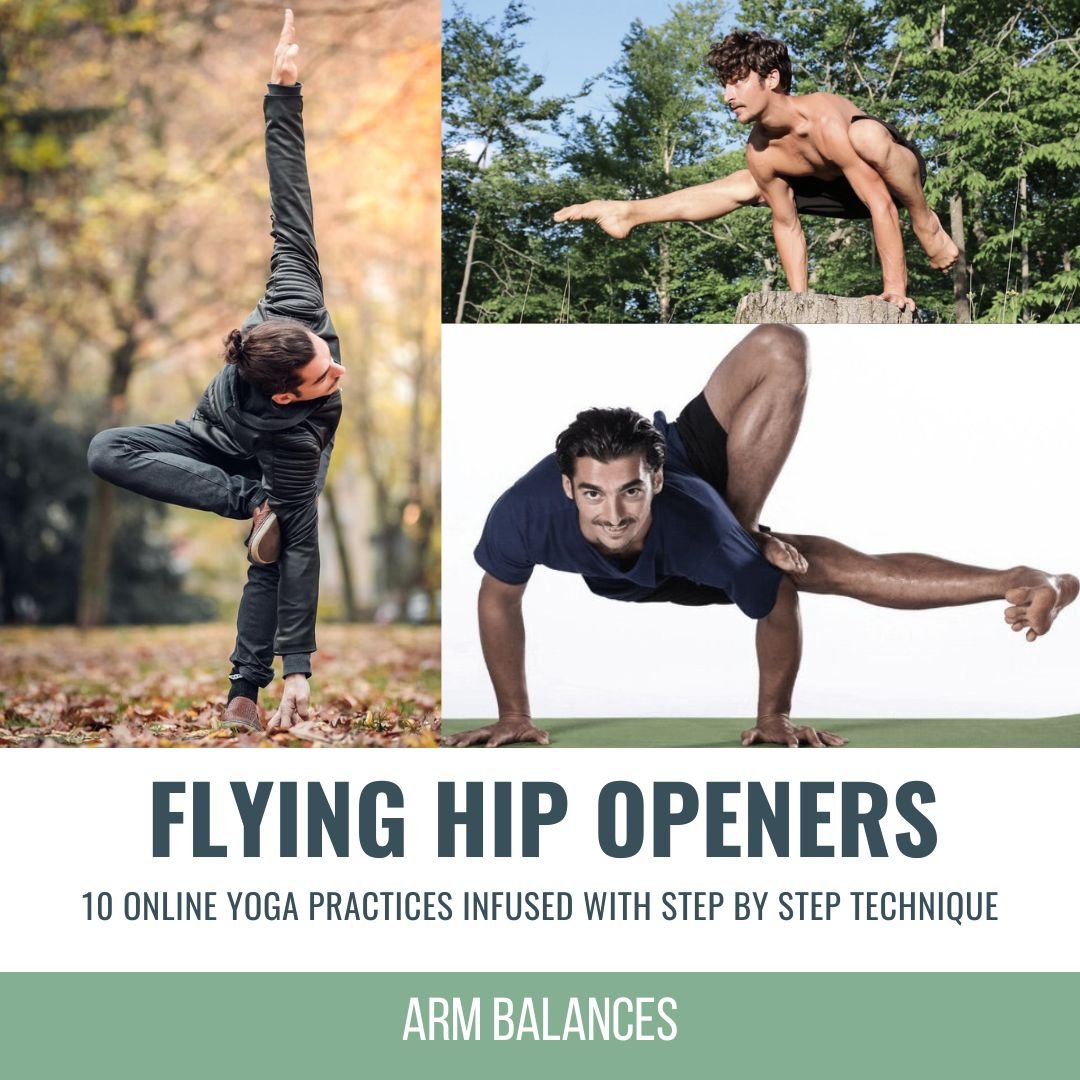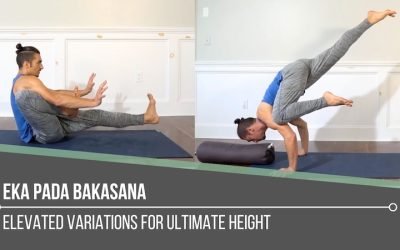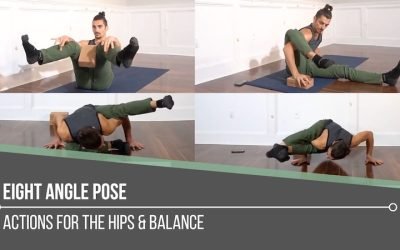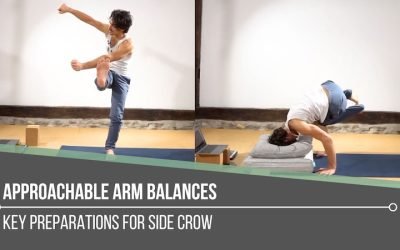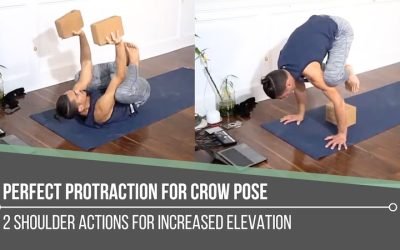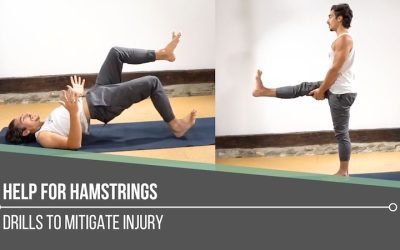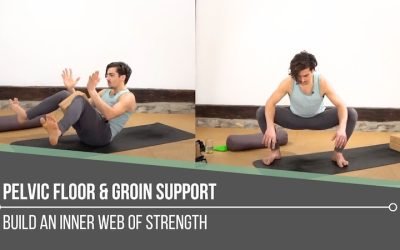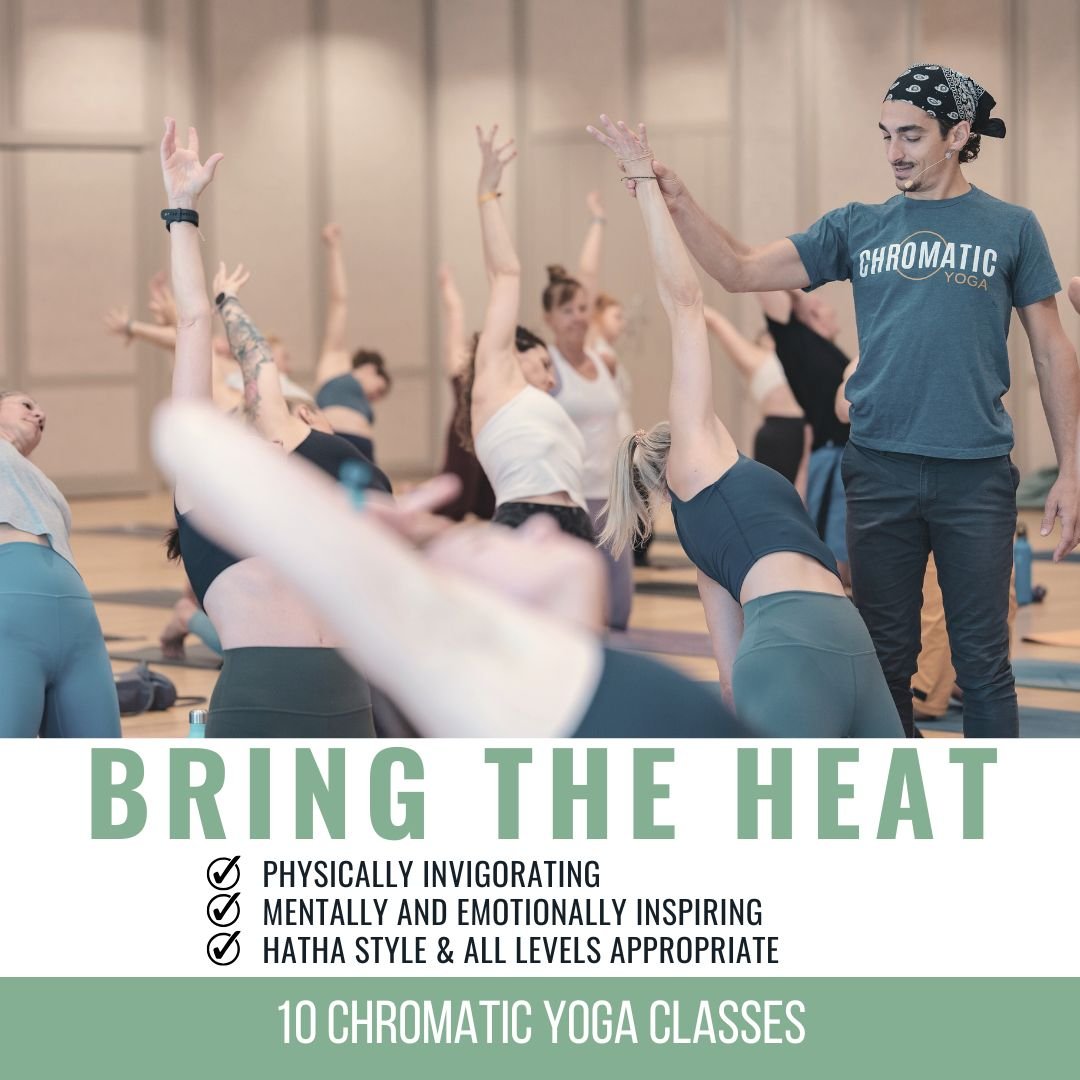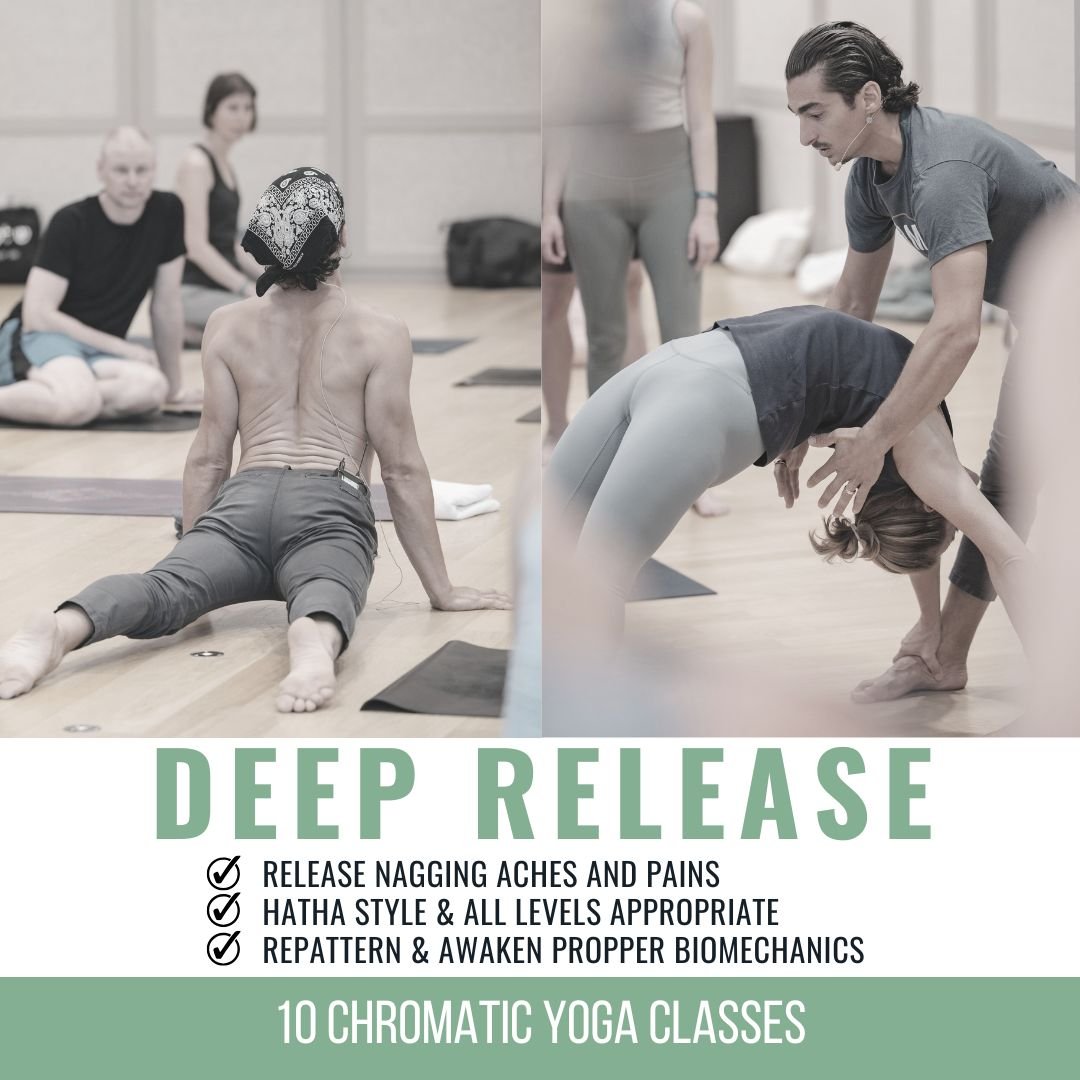Eka Pada BakasanaSINGLE LEG CROWEKA PADA BAKASANA Eka Pada Bakasana asks us to balance curiosity with patience. This one-legged crow variation isn’t just about lifting a leg, it’s about organizing pressure, timing, and trust in unfamiliar territory. The posture...
Eka Pada Bakasana
Eka Pada Bakasana
SINGLE LEG CROW
EKA PADA BAKASANA
Eka Pada Bakasana asks us to balance curiosity with patience. This one-legged crow variation isn’t just about lifting a leg, it’s about organizing pressure, timing, and trust in unfamiliar territory. The posture quickly reveals where we rush, where we brace unnecessarily, and where we disconnect effort from intention. Instead of chasing flight, this pose invites us to study how weight transfers forward, how the back body contributes, and how the hands communicate with the floor. When Eka Pada Bakasana feels elusive, it’s rarely due to lack of strength. More often, it’s because the body hasn’t yet learned how to coordinate grip, leverage, and momentum as one conversation. This posture becomes a laboratory for intelligent risk-taking where preparation, not courage alone, determines whether lift-off feels chaotic or controlled.
FLYING HIP OPENERS
ASANA INFUSED WITH STEP BY STEP TECHNIQUES FOR ARM BALANCES
- 10 Chromatic Yoga practices with founder Matt Giordano
- Physically Invigorating
- Foundations, Refinement and Advancement
- Meticulously Crafted Experiences to Set you up for Maximum Success
- Included Postures: Crow, Side Crow, Firefly, Dragon Fly, Revolved Flying Half Lotus, Koundenyasana 1 & 2, Hybrid Arm Balances, Straddle Handstand and More
- 12+ Arm Balances with Modifications and Variations!
- Hip Opening Techniques, Core Strength, Wrist Strength and Mobility
- All Levels Appropriate Full length 75 minute Classes
- Non-dogmatic, Anatomy informed Alignment
- The Perfect Blend of Knowledge and Practice
- A Heavy Emphasis on Technique for the Poses Everyone Expects You to Know but Non One Teaches
- 12 Continuing Education hours with Yoga Alliance and American Yoga Council
- 12 Accredited Practice Hours with the Chromatic School of Yoga
- Step-by-Step instruction for increased accessibility
- Sweat, Breath, Strengthen, Stretch and Feel Amazing!
DO THIS FIRST
If you’ve practiced with Matt, you’ll know that before lifting anything in an arm balance, he directs our attention to the hands. Fingers actively grip the ground, then sustain that grip as weight shifts forward. This isn’t passive contact, it’s deliberate contraction. The primary muscles at work are the flexor digitorum profundus and flexor digitorum superficialis, muscles that flex the fingers and cross the wrist joint. When we press the fingertips down and slightly back, these muscles stabilize the wrist and help distribute load through the palms rather than dumping it into the heel of the hand. Matt emphasizes that this activation must be maintained, not flickered on and off. In Eka Pada Bakasana, consistent finger engagement becomes our steering wheel. Without it, forward movement feels abrupt and unstable. With it, the body learns how to lean without panic and push without collapse.
WATCH THE VIDEO
EKA PADA BAKASANA: ELEVATED VARIATIONS FOR ULTIMATE HEIGHT
SIMULATE THE EXPERIENCE
Rather than forcing the full pose, Matt offers ways to simulate the physical experience of Eka Pada Bakasana. One option begins in a pigeon-like setup where the hips lift, hands walk forward, and forearms lower to the ground. From here, lifting the back leg introduces the sensation of hamstrings and glutes activating under forward weight shift. The front knee doesn’t need deep flexion due to the fact that it isn’t a flying pigeon. This “simulation” can also make it accessible for many bodies. The lifted leg remains in a turned-out position, offering hip opening without demanding extreme range. As body weight shifts forward and pressure moves into the shin, the back leg begins to feel lighter. These simulations allow the nervous system to experience the pose’s demands without the risk of immediate balance, building confidence and clarity before full execution.
200 HOUR ONLINE TEACHER TRAINING
GET CERTIFIED & DEEPEN YOUR YOGA PRACTICE
- Deepen your yoga practice
- Build confidence speaking in front of groups in person and online
- Learn foundational class structures and templates
- Learn techniques for a wide range of yoga postures
- Get certified and highly qualified to teach yoga
- Yoga Alliance Globally Recognized Certification Program
ONE-LEGGED CROW IN BOAT POSE
To further demystify Eka Pada Bakasana, Matt introduces a seated variation using Boat Pose. One shin clamps outside the arm, supported by the opposite hand, while the torso leans back slightly with the tailbone tucked. From here, the free leg extends forward, mimicking the asymmetry of the arm balance without the complexity of being inverted. This variation teaches the body how the leg connects to the arm shelf and how core engagement supports lift. The shape becomes familiar before it becomes airborne. By rehearsing Eka Pada Bakasana in Boat Pose, we remove fear from the equation and replace it with understanding. The body begins to recognize the posture not as a leap, but as a continuation of actions it already knows.
300 HOUR ONLINE TEACHER TRAINING
GET 500 HOUR CERTIFIED AS A MASTER TEACHER
Master your skill set as a teacher through refined techniques, anatomy, biomechanics, sequencing, philosophy, meditation techniques, theming, yoga business, and much more!
- Get 500 hour certified
- Learn anatomy, biomechanics, asana techniques
- Expand your teaching skills
- Masterful sequencing and verbal delivery
- Learn meditation and breathwork techniques
- Transformative tools: theming, dharma talks, satsang
TAKE THE LEAP FORWARD
When it’s time to approach the full expression, Matt encourages us to use support strategically. One foot rests on a block while the opposite knee positions outside the shoulder, allowing us to lean forward without fully committing to balance. Cushions beneath the head create a safe zone, turning fear into curiosity. From here, the back foot becomes an articulator, gently extending through the ankle to guide momentum forward. This subtle action helps the lifted leg feel lighter without forcing it. Eka Pada Bakasana emerges not from a jump, but from a controlled glide. Even if the leg doesn’t lift fully, the body learns something valuable: how forward intention, finger grip, and back-body activation work together. The leap forward isn’t sudden , it’s earned, informed, and repeatable.
There’s still time to explore this process in Matt’s current online Immersion Flying Hip Openers.
The 200 Hr. Teacher Training: Click Here to See the Next Start Date
The 300 Hr. Advanced Teacher Training: Click Here to See the Next Start Date
Article by Trish Curling
Video Extracted From: Flow & Fly Immersion
ONLINE ANATOMY COURSE
- Accessible, exciting, and easy to learn
- Anatomy and biomechanics for yoga
- Appropriate for both teachers and students
- Learn joint alignment vs pose alignment
- Demystify yoga poses and transitions
- Release aches and pains
- Learn how to avoid common injuries
- Caters to all levels with modifications and props
- 20 hours Continued Education Credits with Yoga Alliance
- 20 hours toward Chromatic Yoga Certification and 300 Hour
- Lifetime access
Continue Learning
Eka Pada Bakasana
Eight Angle Pose
Eight Angle PoseASTAVAKRASANAEIGHT ANGLE POSE Sometimes we think arm balances are about getting higher, but Matt reframes Eight Angle pose as a mechanics workshop. This posture thrives when we test rotation, pelvic placement, and upper-body stability as interconnected...
Approachable Arm Balances
Approachable Arm BalancesPARSVA BAKASANAAPPROACHABLE ARM BALANCES Approachable arm balances aren’t about fearlessness; they’re about informed action. When we understand the mechanics behind the posture, we gain the power to shape our own outcomes. Rather than jumping...
Perfect Protraction For Crow Pose
Perfect Protraction For Crow PoseBAKASANAPERFECT PROTRACTION FOR CROW POSE When working toward perfect protraction for Crow Pose, it’s essential to understand the role of the serratus anterior, the “fingertip” muscles that wrap around the rib cage and attach to the...
Help For Hamstrings
Help For HamstringsFLEXIBILITYHELP FOR HAMSTRINGS “Yoga butt” or high hamstring tendonitis can be a literal pain where the sit bones meet the hamstrings and glutes. This area is prone to overuse injuries, especially when repetitive forward folds overstretch rather...
Pelvic Floor and Groin Support
Pelvic Floor & Groin SupportCOREPELVIC FLOOR AND GROIN SUPPORT Pelvic floor instability can quietly influence how we move and how safe we feel in our practice. Weakness or imbalance here may lead to groin strains, hip discomfort, or even low-back issues....
THE FREE TECHNIQUE PACK
When You Subscribe, You Will Get Instant Access to
- the Technique Pack: 15 yoga pose breakdowns
- exclusive online course discounts
- exclusive blogs and videos
